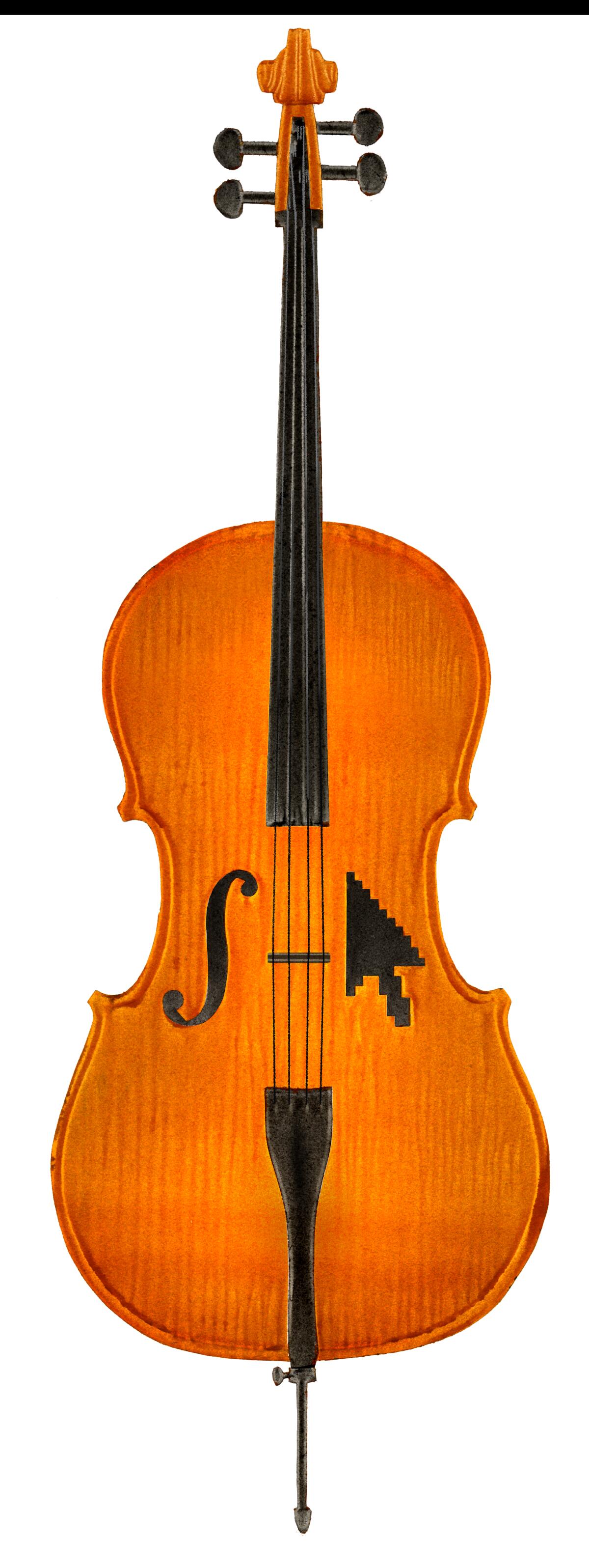Classical streaming has arrived. How do the new services stack up?

- Share via
The history of classical music is that of progress, be it advancements in harmony and form, the invention and development of instruments, or the technological innovations of recording and broadcasting.
The first bankroll-able recording stars were classical artists such as the operatic tenor Enrico Caruso. The LP came about because symphonies, sonatas and operas required dozens of 78-rpm discs. The Walkman was the brain child of a Sony executive who wanted a private way to drown out his kids’ pop music and listen to chamber music in peace. The CD digital sampling rate was selected so that a specific Herbert von Karajan Berlin Philharmonic recording of Beethoven’s Ninth Symphony could fit on a 4.72-inch disc.
But that leadership came to an end with the iPod and iTunes, with mp3 digital downloads and the streaming that was to follow. For primarily commercial reasons, technological transformation was no longer democratically genre-neutral. The download/streaming infrastructure was conceived specifically to accommodate the pop song, leading to clunky software that struggled to cope with diversity. Apparently, no one could figure out how to give streaming listeners the full name of a composition, its movements or the performers. Liner notes and texts for vocal music stymied the top Silicon Valley geniuses.
Despite all the promise that these vast libraries of readily available music would open ears, pretty much the opposite became the general trend. The system was rigged to draw most people toward the most commercial music, with suggestions made by algorithms designed to keep a listener in a musical silo and promote grazing. As restaurants well know, appetizers are high-profit items.
With CDs on the way out, our brave new streaming world has proved not so hot for classical, jazz, world music and many other tributaries outside the commercial mainstream. But the progressives, once again led by music mavens, have finally begun to act.
Within the last few months, new classical-friendly streaming services have arrived for your computer, tablet and phone. Sound quality has been greatly improved. Metadata too, which is to say streaming services identify what you are hearing while you are hearing it. Experts are grabbing curation from the greedy clutches of impersonal AI.
And now, if with uncharacteristically little fanfare, even Apple has introduced an impressively improved new sound format called Apple digital master. In 2012, the Los Angeles Philharmonic won a bewildering Grammy for a performance of Brahms’ Fourth Symphony, conducted by Gustavo Dudamel. It was bewildering because there was no way for the jury to know how terrific a performance it actually was. The recording was released exclusively on iTunes as an mp3 download with all its acoustic life drained out of it. There was so little information about the recording that if you listened on your iPod, you hardly knew what in the hell you were hearing.
At the Bayreuth and Salzburg festivals, Yuval Sharon and Peter Sellars present socially and politically provocative productions of “Lohengrin” and “Idomeneo.”
Seven long years later, this Brahms’ Fourth, newly offered as an Apple digital master (and available now on other services as well), finally has acquired the proper sonic attire to deserve its Grammy. We’ve entered a new era, a world we need to learn how to negotiate and wisely manage, given its promises and pitfalls. The rewards are wondrous. The dangers may be worse than you might imagine.
First, there is the technical stuff. Alexa, get lost. You are useless with your atrocious sound and fake recommendations. Bluetooth is a hi-fi disease; wires still matter, especially if you want high resolution sound. Sure, you can go back to vinyl, with its plushily pleasing-to-the-ear distortions and compressed dynamics, but you also can go forward toward something far more immersive and, yes, musical.
You needn’t spent a princely sum, although you certainly can. The one essential upgrade for any computer and most digital devices is an external DAC. Most everything sound-producing you own already has a built-in digital audio converter, which makes a digital signal something a loudspeaker can recognize, and it’s not likely to be very good (although Apple tends to quietly improve the DAC on iPhones each year). Reasonable outboard ones can be had for as little as $100. The prices rise to nearly $100,000, but even a decent cheap one makes a noticeable difference.
The streaming services all offer something a little different. The king is Qobuz, a French site that has finally launched in U.S. It has a spectacular collection of recordings and pretty good, if still imperfect, search functions. The sound is the best in the business, starting at CD level and going up several degrees from there. Qobuz also includes, with many newer releases, PDFs of the CD booklets, including librettos for operas.
Like iTunes, Qobuz allows you to purchase downloads. You can choose CD quality or, when available, higher resolution (at higher prices). In just about every way, Qobuz beats all competition, but if you want to stream at hi-res, it is also the most expensive. Another downside is that the U.S. site, while massively impressive, lacks the full back catalog of the French one.
Two all-classical European sites launched recently. The idealistic Idagio, out of Berlin, is good for newbies and devotees alike. It’s got unfussy software and the most capable search. The founders have been traveling the world to hook up with orchestras (they were at the L.A. Phil not long ago), and one draw is that Idagio offers exclusive recordings of live events, such as excerpts from the most talked about opera event of the year, the performances of extensive parts of Stockhausen’s futuristic epic cycle, “Licht,” in Amsterdam. The curation is lovingly personal, not computerized. Metadata on the basics is very good.
The other, Primephonic, has fairly similar offerings. It tries to be a little classier, with extensive curated playlists for everything from music of female composers to that of ghosts. This feels like you’re being led around by the nose, creating new, if sophisticated, classical silos. The sound is silky, although I find it also the fussiest when it comes to streaming. You need faster download speed with your Internet connection than I can squeeze out of mine.
The Los Angeles Music Center will unveil its $41 million plaza revamp by Rios Clementi Hale Studios on Aug. 28. The project is meant to connect the cultural complex with Grand Park.
Finally, Apple music. After all these years, iTunes is still a mess. There does seem to be a real effort, at last, for quality with the new digital masters, which are quite limited in number. Plus, the cachet of Apple often leads to labels and performers making material exclusive to Apple. I can’t find Philip Glass’ indispensable label, Orange Mountain Music, anyplace else, and the L.A. Phil has a special relationship with Apple. But search and general usage remains horrendous. I hate the fact that you can sign up only by telling them which kinds of music, from an extremely narrow list, you are most interested in, and then the site will do its best to keep you coming back to them. Digital booklets are available for some recordings, but only if you buy the downloads.
The bottom line is that classical streaming is here, and, despite the kinks and quirks, it works. The problem of access has been solved. Although classical music is a very small piece of the recording pie, said to be somewhere around 5%, the streamers also claim to have data that suggests that 25% (and maybe more) of all subscribers to streaming services sample classical music at least once.
Idagio, in fact, has been astonished to discover that, among pretentious Berlin teenagers, the site is considered cool. Let’s give it up for pretentious teenagers. They’re everywhere. They’re our new audience. They’re also our hope to save this messed-up world.
There’s more good. Both Idagio and Primephonic invite noted musicians to share their interests, and these are engines of discovery. It is worth knowing, for instance, what Esa-Pekka Salonen or Steve Reich is listening to, if they can be corralled into sharing.
Streaming is also an antidote to one of the historically worst aspects of classical recording. In the bad old days, you would buy, say, Leonard Bernstein’s classic New York Philharmonic recording of Stravinsky’s “Rite of Spring” and listen to it over and over. That, then, became how you would think the piece should sound. Stravinsky himself would tell you otherwise, even if his own recording couldn’t hold a candle.
Now, with a plethora of choices, the musically healthier option to check out different interpretations is almost instinctual, especially on Idagio.
I’ve saved the worst for last. It also would seem instinctual that streaming is environmentally virtuous. Good riddance to the plastic jewel cases. Even vinyl is a petroleum product. But a study undertaken by Matt Brennan at the University of Glasgow and Kyle Devine at University of Oslo demonstrates that more greenhouse gasses are released because of streaming than because of CDs. Every time you click on a song, a movie or anything else, you trigger massive computer server farms that use horrendous amounts of mainly coal-fired electricity and require more water to cool than is lost in some droughts.
Classical music is only a tiny proportion of what looks to be a streaming crisis, especially when it comes to 4K and eventually 8K video. We know that Netflix already harms the environment more than some airlines do. But we clearly need to know more. On the alarmist side of the spectrum, streaming will become, sooner rather than later, unsustainable.
In the meantime, let’s listen while we can. Let’s think about beefing up music education in schools. Streaming happens to be a fabulous learning tool. We all know Mozart makes you smarter.
Better still, use streaming to encourage kids to play acoustic instruments and make their own music to help save the planet. Then, when the power is shut off, music won’t be.
More to Read
The biggest entertainment stories
Get our big stories about Hollywood, film, television, music, arts, culture and more right in your inbox as soon as they publish.
You may occasionally receive promotional content from the Los Angeles Times.












